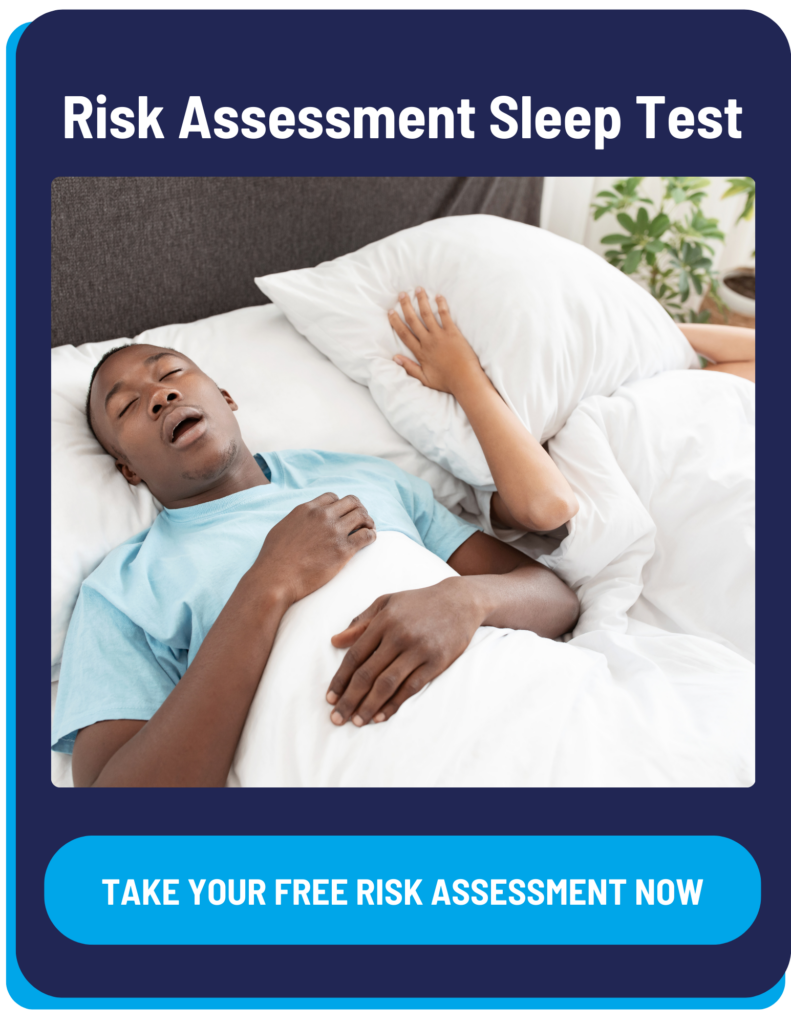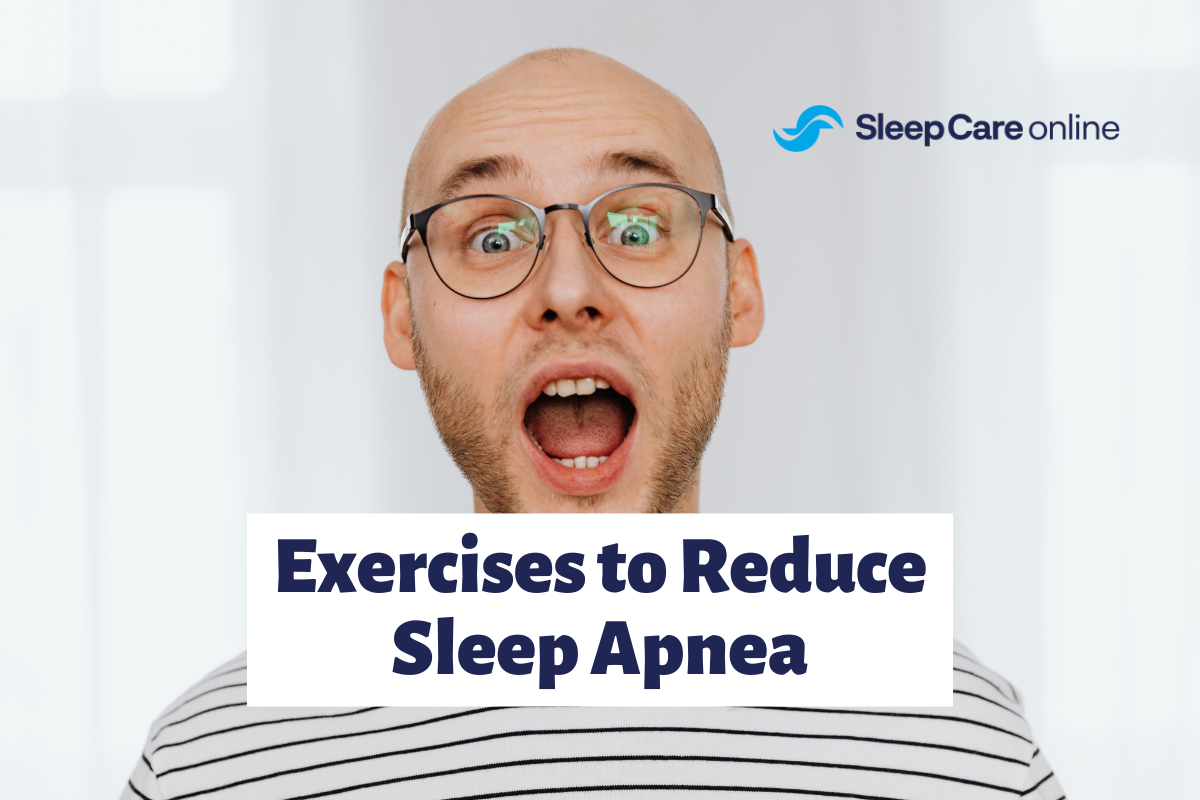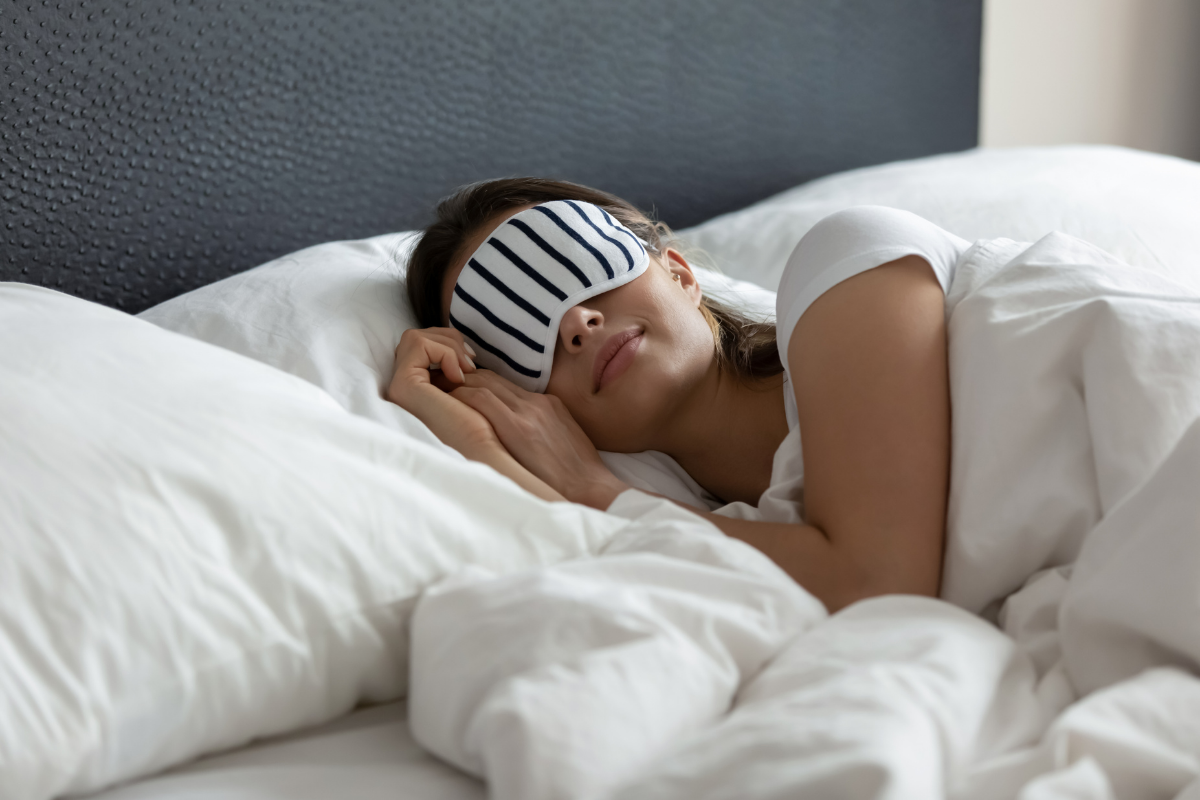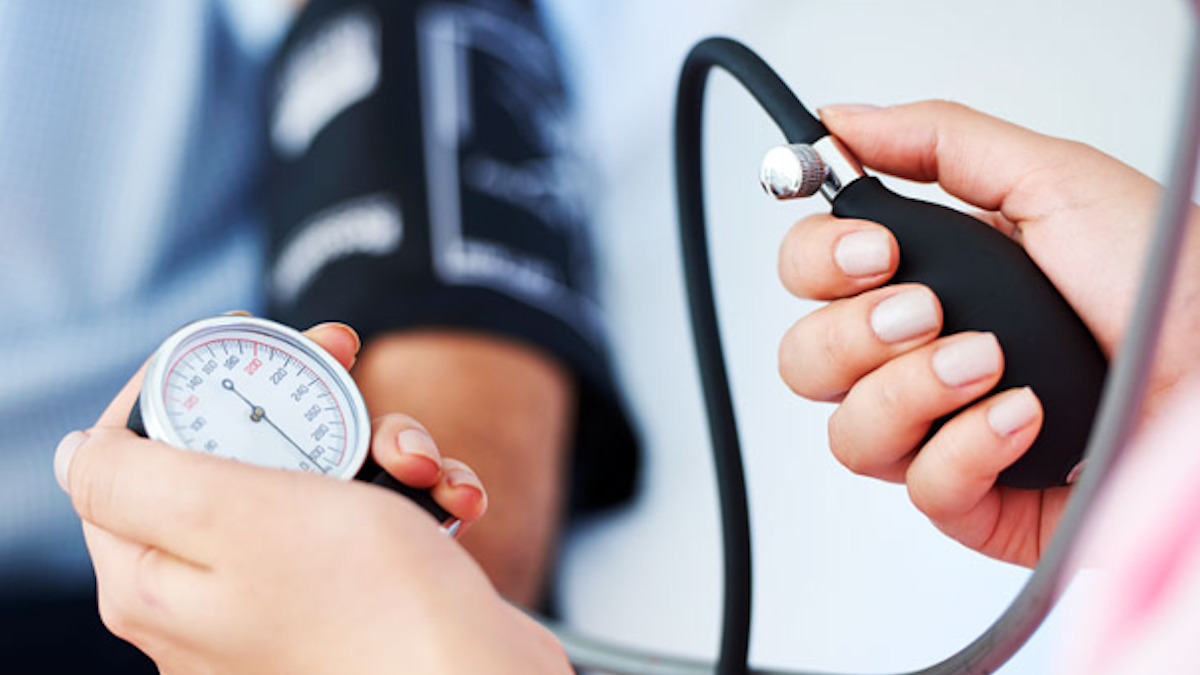When it comes to a good night’s sleep, your comfort is a priority. But did you know that your sleeping position may be affecting your quality of sleep? For people with obstructive sleep apnea (OSA), your sleep position may be related to the frequency and intensity of apnea episodes throughout the night.1
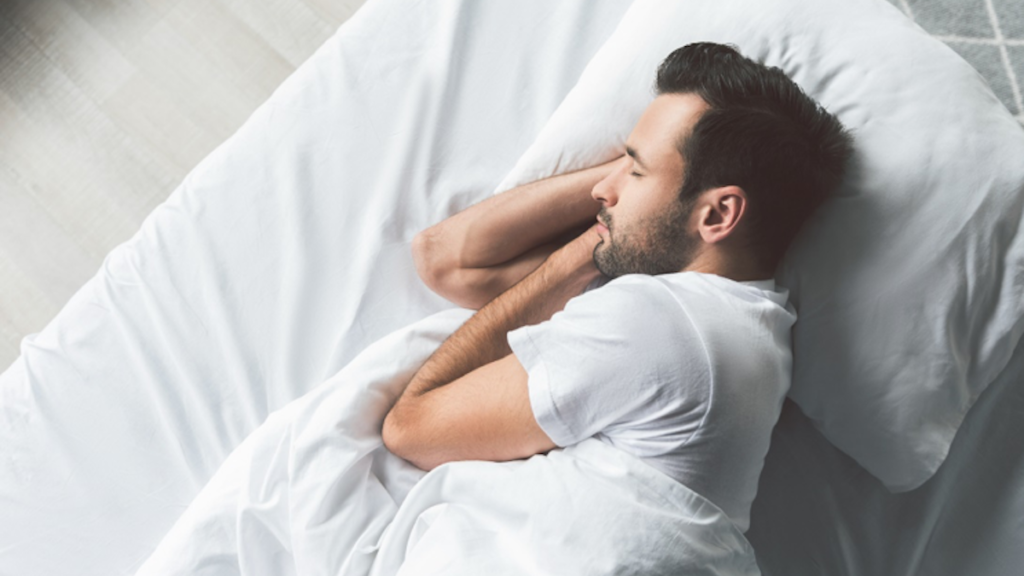
When it comes to a good night’s sleep, your comfort is a priority. But did you know that your sleeping position may be affecting your quality of sleep? For people with obstructive sleep apnea (OSA), your sleep position may be related to the frequency and intensity of apnea episodes throughout the night.
Apnea episodes are periods (up to 10 seconds long) that can occur as many as 30 times an hour. During these episodes, the brain is deprived of oxygen which can cause short and long-term health complications.
What Does Your Sleep Positions for Sleep Apnea Mean?
If you are someone suffering from sleep apnea or know someone who does, you already know how painful and problematic the consequences of the disorder can be. One of the major factors that can control, reduce, or sometimes increase your apneas during your sleep is your sleeping position.
Depending on your position, the number of apneas you have during sleep can be kept in check even without CPAP therapy.
Here’s a guide on the best sleeping positions and how they can affect your OSA.
Sleeping on Your Left Side
If you sleep on your left side, then you may already be easing some of the symptoms of sleep apnea. Plus, sleeping on your left side helps alleviate conditions such as acid reflux which can, in turn, stimulate apneas.
Sleeping on Your Right Side
Side sleeping is the preferred position for helping calm your sleep apnea. Sleeping on your right side reduces snoring and encourages blood flow.
Solution for Sleeping on Your Side
Stretch out your body when sleeping on your side to maximize your lung capacity. Also, avoid curling up to reduce the chances of other problems like acid reflux, which can contribute to worsening your apneas.
Sleeping on Your Back
Those who sleep on their back are in the least favorable position for sleep apnea. In this position, the tongue and soft tissue can easily relax and fall back to obstruct the airway. The lack of oxygen flowing causes the brain to force the body to jolt awake, causing the person to wake up gasping for air.
Solution for Sleeping on Your Back
Use a firm mattress and place a pillow under your knees. A firm mattress will support your spine and provide you with the optimal position to reduce the chances of apneas during sleep.
Sleeping on Your Stomach
Sleeping on your stomach is a much better option for people with sleep apnea. Gravity pulls down on the tongue and soft tissues, which opens up the airway. Also, you are less likely to snore while your stomach sleeping.
The Solution to Sleeping on Your Stomach
Try using a soft pillow to keep your head in position without causing any shoulder ache. Also, try sleeping with your head down towards the mattress and not on the side to ensure that the airway is not obstructed.
Best Head Positions for Sleeping with Sleep Apnea
Irrespective of your sleeping position, the position of your head is also a factor that actively affects your sleep apnea.
Sleep apnea is worse when sleeping on your back (supine position) because of the effects of gravity on the body. The tongue falls back and blocks the airway increasing the duration and the number of apneas during sleep. One of the simplest ways to control this besides your body posture during sleep is to maintain your head positions during sleep.
When sleeping on your back, the best position for your head is on either side. Keeping your head turned to a side decreases the chances of your tongue falling back and keeps the airway clear.
On the contrary, when sleeping on your stomach turning your head to any side can block or narrow the airway. When sleeping on your stomach, it is best to position your forehead on a pillow and keep your head facing down. This position ensures an open and clear airway for breathing and reduces the chance of sleep apnea extensively.
Other Ways to Manage Sleep Apnea
Besides optimizing your sleep position, some other ways to naturally manage sleep apnea are:
Maintain a Healthy Weight
Obesity, especially in the neck, can contribute to apneas by pushing down the weight to obstruct the airway when laying down.
Avoid Alcohol and Smoking
Both of these habits aggravate sleep apnea and abstaining can improve your overall sleep.
Start CPAP Therapy
A prescription for PAP therapy is the most efficient and effective way to treat sleep apnea. A CPAP machine delivers pressurized air via a face mask to keep the airway open throughout the night and prevent apnea episodes.
If you suspect that you are suffering from OSA, the first step is to confirm your diagnosis.
Make Your Bed Comfortable
The right pillows and mattresses are important for getting a good night’s sleep. Pillows that are too soft can leave you with neck pain and keep you tossing and turning, which reduces sleep. A poor mattress can lead to back pain and prevent the deepest level of sleep. Because pillows and mattresses are a personal preference, you should spend time finding the right ones. Making your bed comfortable is an easy step you can take to get better sleep.
The Importance of Clean Sheets
Part of making your bed more comfortable is good bedding. Make sure you are using bed sheets that are not too rough on the skin. Changing your bed sheets regularly also helps keep the bed clean and yourself clean while you sleep. Clean sheets promote good sleep because of the sense of cleanliness when you slip into bed. Also freshly cleaned fragrant sheets help relax you. A clean bed also promotes indoor air quality, so you are breathing better as well.
Shut The Blinds
Light is important for health, but only during the day. Ambient light from streetlamps, other residences, or other sources can keep you awake and ruin good sleep. Be sure to keep your sleeping area dark when bedtime comes around by shutting your blinds or curtains. Also turn off other sources of indoor light like your phone, TV, computer, and night lights. Light at night tells your body it is time to wake up rather than preparing to sleep.
Consideration of the Sleep Area
If you take all the steps necessary to improve your sleep and you find yourself still experiencing daytime drowsiness, then it is a possibility that you might have sleep apnea. Be on the lookout for other symptoms such as:
- Frequently waking at night gasping for air
- Loud snoring (if you have a bed partner who can tell you)
- Frequent morning headaches
- Dry mouth in the morning
- Feeling like you haven’t slept enough when you first wake up
Getting a Sleep Apnea Diagnosis at Home

Snoring, daily headaches, daytime sluggishness, and the inability to concentrate or focus are common symptoms of a sleep disorder. An estimated 22 million Americans suffer from sleep apnea and 80% of moderate to severe cases are still undiagnosed.2 Untreated, sleep apnea can lead to high blood pressure, chronic heart failure, atrial fibrillation, stroke, cardiovascular disease, and other health complications. The good news is that OSA is manageable. The first step is to confirm your diagnosis.
With Sleep Care online, we have simplified the process. No more taking time off to visit your physician’s office, waiting for an opening at your local sleep clinic, and then spending a night away from home in a new bed while someone watches over you as you try to sleep. Simply purchase the Complete Care Package. Here’s how it works:
- With the Complete Care Package, schedule a 10-minute telehealth visit with a healthcare provider to discuss your symptoms, upcoming sleep study, test results, and treatment options.
- A multi-night, disposable home sleep apnea test is mailed to your home to be completed at your convenience.
- A physician analyzes the sleep data and provides a prescription if needed.
- Schedule an optional follow-up appointment (additional fee applies).
- We connect you to sleep experts who can offer customized sleep therapy options, assistance in equipment purchase, and initial set-up.
Where Can I Buy CPAP Equipment For Sleep Apnea Treatment?
The CPAP Shop offers a wide range of CPAP products that includes all machines, masks, tubing, and other accessories for comfortable CPAP therapy. The CPAP Shop is an authorized retailer of all major brands including Respironics, ResMed, DeVilbiss, and Fisher & Paykel.
Contact us or visit our website and enjoy free shipping on all purchases above $99 in the U.S.A.
Curious about getting started? Our knowledgeable team is here to answer any of your questions. Give us a call at 866.465.4478 or email us at contact@sleepcareonline.com.
SleepCare online is a simple and efficient way to renew a PAP prescription, receive a diagnosis for sleep apnea, access sleep practitioners, and get advice from sleep experts to gain access to the best equipment for your PAP therapy. Get started with SleepCare online for a convenient and cost-effective option for all of your sleep care services.
References:
- US National Library of Medicine. Supine position related obstructive sleep apnea in adults: pathogenesis and treatment. February 2014. Accessed October 2019
- American Sleep Apnea Association. Sleep Apnea Information for Clinicians. Accessed October 2019

